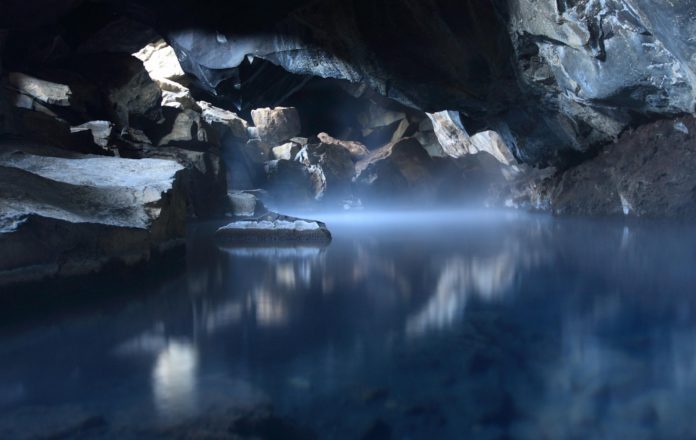Around 100,000 earthquakes are recorded worldwide consistently, yet not all are normally happening. A portion of the weaker ones are activated by human movement underground – this is alluded to as prompted seismicity.
Now, scientists at the EPFL along with Ecole Normale Supérieure in Paris have recently analyzed the impact of groundwater in the propagation of induced earthquakes in an effort to decipher the underlying mechanisms. They found that the presence of pressurized fluid in surrounding rock can reduce the intensity of earthquakes.
Prompted earthquakes can be the consequence of activities like mining, gas and oil extraction, poisonous waste or CO2 storage, and the construction of tunnels and dam reservoirs. The generation of geothermal vitality is another potential source of prompted earthquakes – and the principal one in Switzerland.
Marie Violay, who runs LEMR said, “Geothermal energy is captured by tapping into subterranean heat. Highly pressurized water is pumped into the earth’s crust at a depth of between two and four kilometers. The water is then recovered as steam and used to drive an electricity-producing turbine. Injecting water can affect water-rock equilibria and disrupt nearby faults, thus triggering earthquakes in the area.”
Mateo Acosta, a PhD student at LEMR and the study’s lead author said, “These earthquakes may be low in intensity, but they can cause damage and affect public opinion – to the point of derailing projects.”
“Rock friction generates a significant amount of heat, which further fuels the propagation effect. Some of this heat is absorbed by the water in the surrounding rock, and the amount absorbed depends to a large extent on the water’s thermodynamic parameters. What we learned from our experiments is that the closer the fluid’s initial pressure is to the critical pressure of water, the weaker the earthquake will be.”
François-Xavier Passelègue, a LEMR researcher, and the study’s second author said, “This research shows that the initial fluid pressure in the rocks is crucial, especially at depths commonly reached by geothermal activities. Geothermal models need to take this into account.”
These results were published today in Nature Communications.
